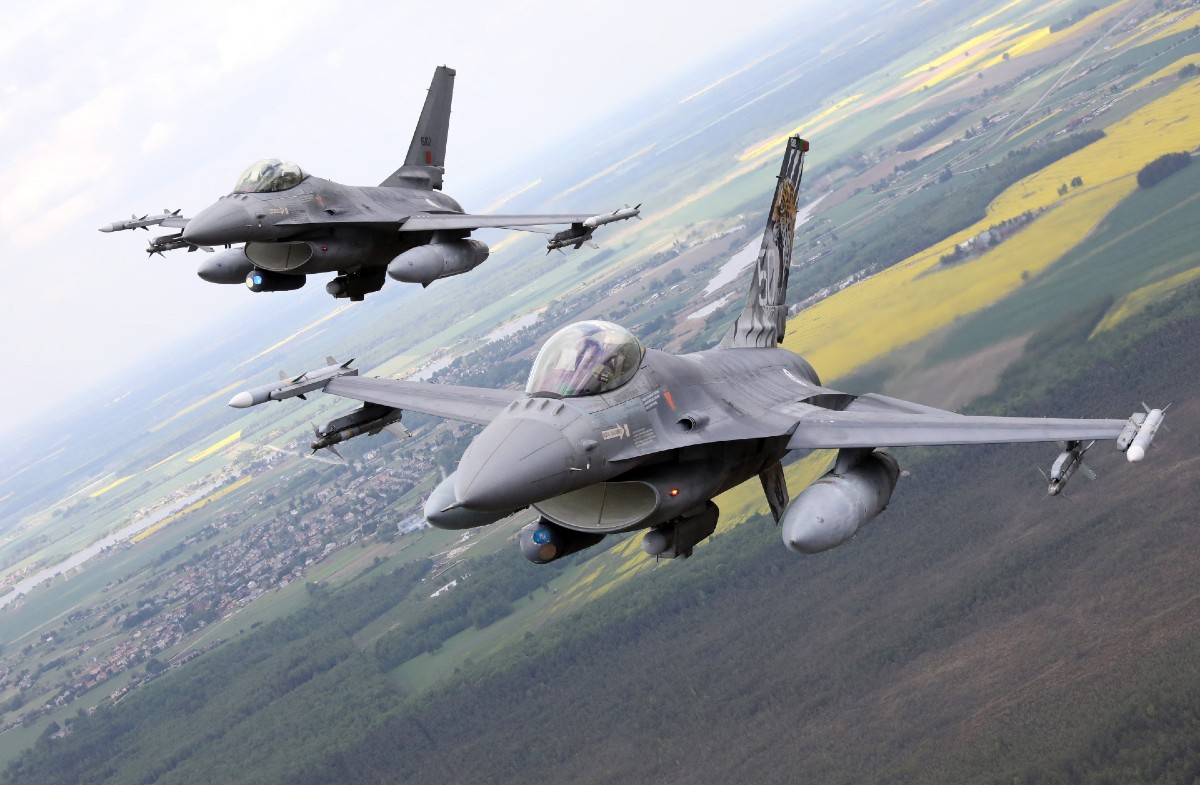
The first F-16 fighter jet to arrive in Ukraine was celebrated as a turning point moment. Many saw it as a “game-changer,” and the Ukrainian leaders expressed that the new aircraft might tilt the situation in the air. However, the reality is much slower and more intricate behind the scenes. Bringing Western jets into an active war zone is not a problem to be solved easily, and there are a lot of issues that the headlines don’t reveal.

Technically, the F-16 is a significant enhancement. Compared to the old MiG-29s and Su-27s that constitute the Ukrainian fleet, the American fighter has the capability of more sophisticated radar, a larger array of munitions, and a longer range. These benefits may narrow the gap between Russia’s advanced planes like the Su-35, which has long-range missiles and some of the most sophisticated sensors in service today, and narrow.

However, giving the jets to the Ukrainians is merely the first step. Another mountain to cross is using the prop,erly, which is totally different. The majority of the Ukrainian pilots have been accustomed to Russian-made aircraft, and moving to a fly-by-wire F-16 requires them to reskill more than half of their flying skills. The training, normally taking months, even years, has been reduced to weeks, and often it’s in a foreign language.

The staff in charge of maintenance has an uphill battle as well. Hardly any aircraft can be operated at their full potential without the help of a support team, and in this case, it includes trained mechanics, specialists in weapons technology, and logistics experts.

Ukraine is still slowly establishing that support network to the point where external contractors are filling the gap in the interim. That, in turn, solves some of the problems but creates new operational and political ones as well.

There is also the issue of quantity. Deliveries of the first F-16 aircraft to Ukraine will be limited to only a few initially, and 24 planes will be available at the latest by the end of 2024. President Volodymyr Zelenskyy stated that the country would not be able to contend against Russian airpower unless it received more than a hundred of them.

Even though there is a commitment from the European allies, it is still not enough, and the delivery schedules are not clear.

Donor nations have put restrictions on how the jets may be used, especially if it comes to attacking targets that are deeply inside Russia; hence, the operational limits are also a concern. Furthermore, the densely packed air defense installations in Russia, particularly the S-400 system, compel Ukrainian pilots to fly at a lower altitude; thus, their missile-firing range is decreased, and they become more vulnerable to enemy radar and interceptors.

Not much has changed regarding the bigger picture since the early days of the war, when both sides had adopted the concept of “mutual air denial.” Neither has managed to take full control of the airspace. Under such conditions, it is expected that Ukraine’s F-16s will be defensively employed more frequently, i.e., protecting vital areas and neutralizing threats, rather than leading massive attacks into enemy territories at the moment.

Besides, how can those aircraft be operated? Donor countries impose rules, and only small groups of pilots can be trained at a time in the US and Europe. This slow process of training and gaining flight experience eventually leads to building up several pilots who can handle the jets at their peak.

Not everything was on the downside, as the introduction of F-16s was a genuine, albeit tentative, step forward. The jets are going to bolster Ukraine’s anti-missile defenses, increase the success rate of missile interceptions, and facilitate Ukraine’s adoption of the NATO military standards of operation. Still, they are not a “miracle in an instant.” Their potential will be shown, in time, grasping the modernization of the Ukrainian military, which is not a matter of weeks but years.
